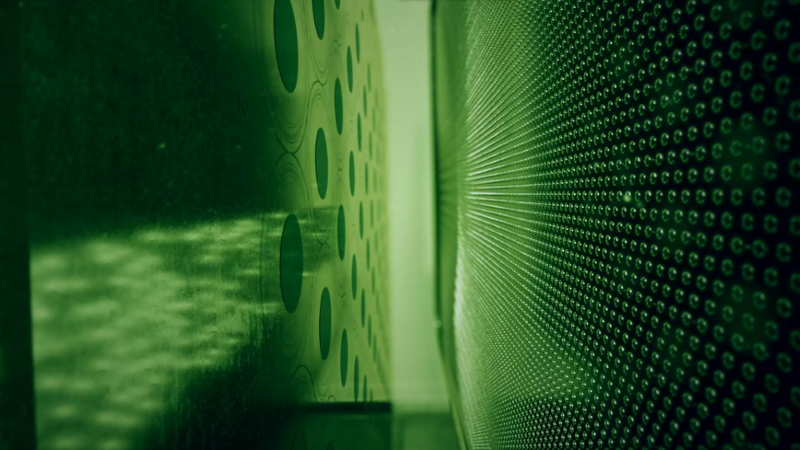Electroforming vs. 3D Printing: What's the Difference?
Electroforming and 3D Printing are both additive manufacturing processes. Whereas Electroforming builds up precision metal parts atom by atom, 3D Printing works by applying materials in droplets through a small diameter nozzle and “print” layer by layer to build up the product.

Electroforming
Similar to 3D Printing, Electroforming is also an Additive Manufacturing processes. Whereas 3D Printing works by applying materials in droplets through a small diameter nozzle and “print” layer by layer to build up the product, Electroforming directly builds up precision metal parts atom by atom. So what's the difference of these two precision manufacturing techniques? This article will review on Cost Efficiency, Lead Time, Design Complexity, and Quality/Accuracy.
Electroforming vs. 3D Printing
(1) Cost Efficiency
A 3D printer and its corresponding materials can be cheaper than electroforming equipment, so 3D Printing seems more cost-effective when you want to create just a small amount of products yourself in-house. When you are going for industrial scale production, however, the higher the volume, the more favourable Electroforming becomes.
(2) Lead Time
3D Printing of metal parts is still in its infancy. The technique entails printing with minuscule metal powdered parts. After printing, the metal needs to be heated (sintered) in order to suture. In addition to the time-consuming sintering process, the printed layers also need to dry so that they don’t sag. These two steps both take a considerable amount of time, which makes 3D Printing a relatively slow procedure for fabricating metal parts.
Additionally, 3D Printing can only deal with one part a time. Electroforming, on the other hand, is much faster a process, during which you can grow a large number of parts simultaneously (in one electrolytic bath).
(3) Design Complexity
Electroforming allows for great design flexibility as it requires almost no tooling investment and that it has a very short lead time. With regard to material, however, Electroforming mainly works with nickel and copper. For medical applications, for instance, nickel components can be coated with a layer of a PdNi alloy. 3D Printing also allows for a high level of design flexibility and the range of material usage is much wider.
(4) Quality/Accuracy
Electroforming allows you to grow material on a micro-scale, resulting in absolute accuracy and high aspect ratios. The standard deviation of electroformed parts is less than 1% of the material’s thickness. Orifices of just a couple of microns are no exception. 3D Printing can currently achieve 100-micron range of precision at its best. The technique can be 100 times less precise than electroforming.
Compared to 3D Printing, Electroforming has higher accuracy, shorter lead time, and better cost efficiency, especially at large volumes. 3D Printing allows for better design flexibility mainly due to the fact that it works with a wider range of materials.
Interested to learn more details of Electroforming?